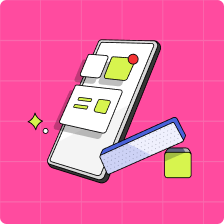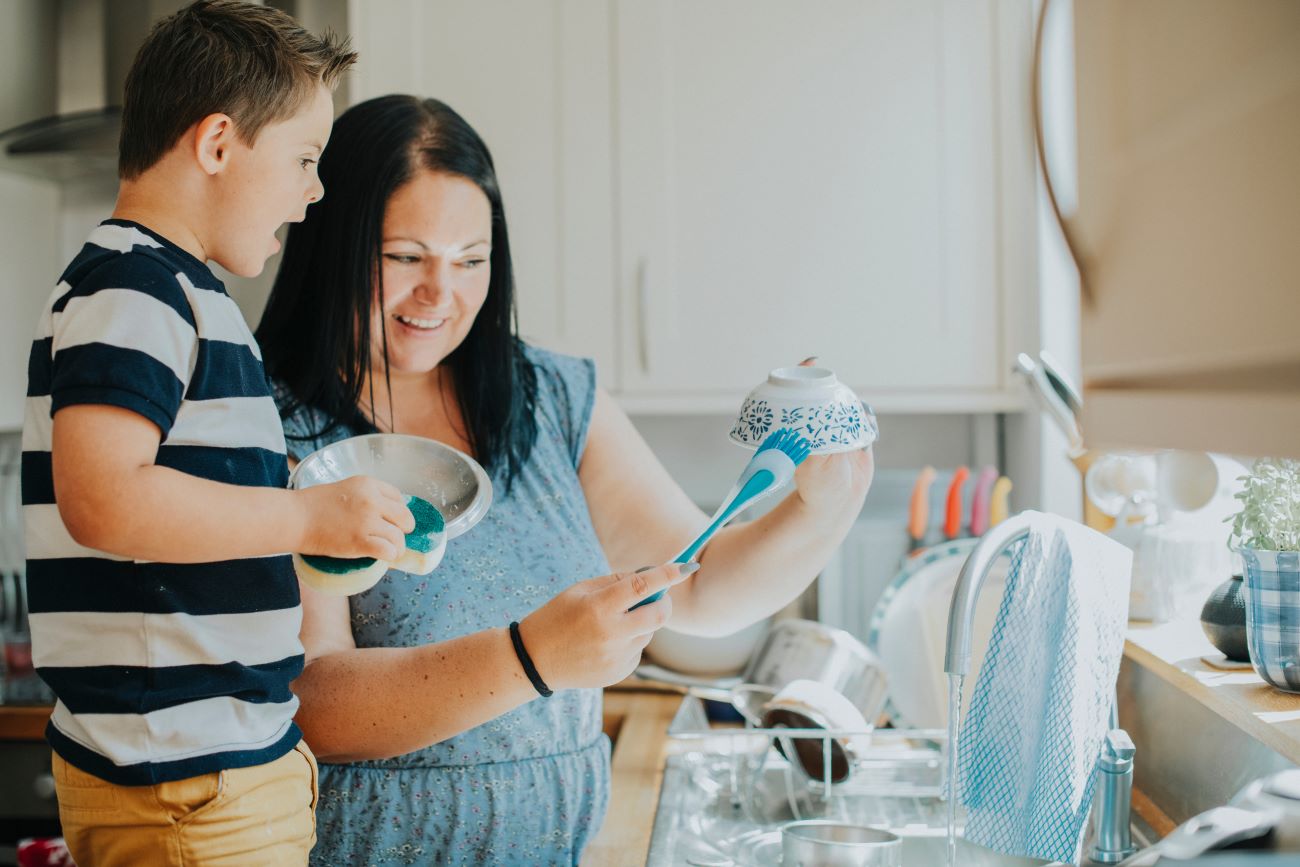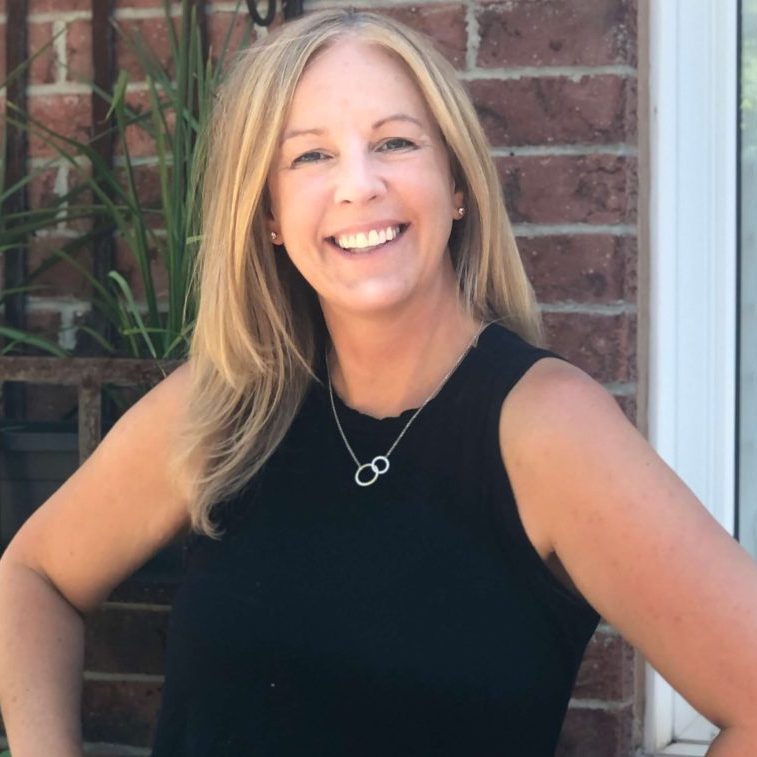Mastering life skills is essential for kids as they grow from children into independent adults. For caregivers of kids with disabilities, teaching life skills also includes a critical focus on personal safety.
As the parent of a child with developmental disabilities, teaching her life skills looks slightly different than the approach taken with my neurotypical teen. He still chuckles at my “Safety first!” battle cry. He may have a solid handle on life skills, but for my daughter, safety is always top of mind in everything we do because… safety first. See? It’s always top of mind.
Here are some essential life skills that parents can teach kids with disabilities in a way that will promote independence and help keep them safe.
What are life skills?
Life skills are described as any of the skills necessary to deal effectively with the challenges of life. Broad categories include social, emotional and cognitive skills. These can be broken down into everyday activities like riding the bus, ordering a pizza or taking a shower. Mastering basic life skills may determine the level of independence a child will experience in adulthood—regardless of whether or not your child has a disability.
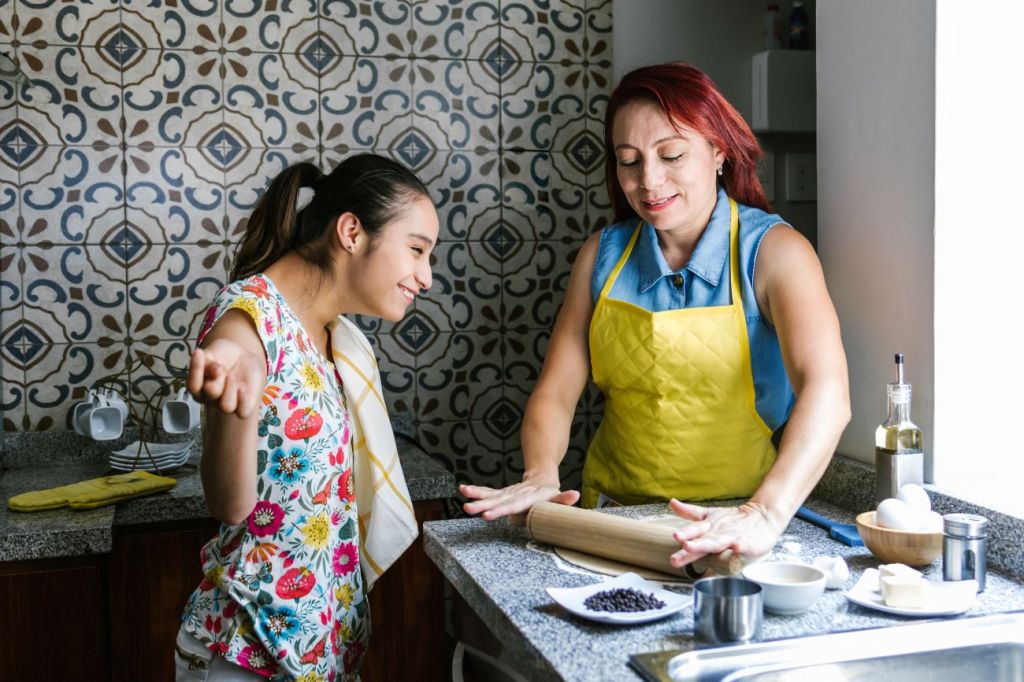
Challenges caregivers of kids with a disability might face
Setting your kids free out into the world can be anxiety inducing for any parent. Just thinking about my daughter at the mall on her own makes my palms sweat. For caregivers of tweens and teens with developmental disabilities, there is an added concern about vulnerability. According to a Toronto Star article, based on data from Statistics Canada, “Canadians with disabilities are about twice as likely to experience violence as their able-bodied peers, with greater instances of victimization taking place at every stage of life.”
Kids with developmental disabilities are often more naive than their typical peers which can land them in vulnerable situations. Confusion around social cues and challenges with communication can also make threats to personal safety more prevalent.
Caregivers are not only tasked with teaching life skills to promote independence, they must also make sure kids are protected from accidental or intentional harm.
Three life skills you can teach kids with disabilities
1. Self-care
Teaching skills like bathing, dental hygiene, or taking daily meds, should also include safety strategies. My daughter has epilepsy, so when she needs to bathe, a caregiver must remain close by in case of seizure. Obviously, you can’t control when and where a child has a seizure, or might slip and fall, so a safety plan is necessary. But, there are specifics parents or caregivers can teach in terms of safe and effective self-care.
For example, we can teach children to count out their own medications with appropriate supervision. This helps allow kids to go through the process so they have accountability over their own health.
When teaching self-care routines, like showering for example, use specific language and break down each task, if needed. Demonstrate what an appropriate dollop of shampoo looks like and explain or demonstrate the physical mechanics of scrubbing your scalp. “Wash your hair” doesn’t implicitly imply rinsing out the suds afterwards. I learned this firsthand. Model how to check that the water is a safe temperature before stepping into the shower. Repeat until you are confident your child understands and is able to perform the task.
2. Household tasks
Skills like cooking, cleaning, and laundry can be taught by way of chores around the house. However, there can be potential safety pitfalls in many household chores. A hot stove, cleaning solvents, and sharp knives could almost make parents want to just do it themselves (myself, included!). However, doing it for my child isn’t going to inch her any closer to independence. So, I grit my teeth and take a step back.
When it comes to household tasks, start by modelling proper technique, then give kids a turn. Since these tasks are often multi-step endeavours, it’s important to break them down into manageable steps. As a task becomes easier, allow your child to attempt it with less assistance or reduced supervision. The goal is for kids to eventually perform the task independently while you merely check in. This “show then try” strategy helps set kids up for success without compromising safety.
Read more about household chores for kids with disabilities.
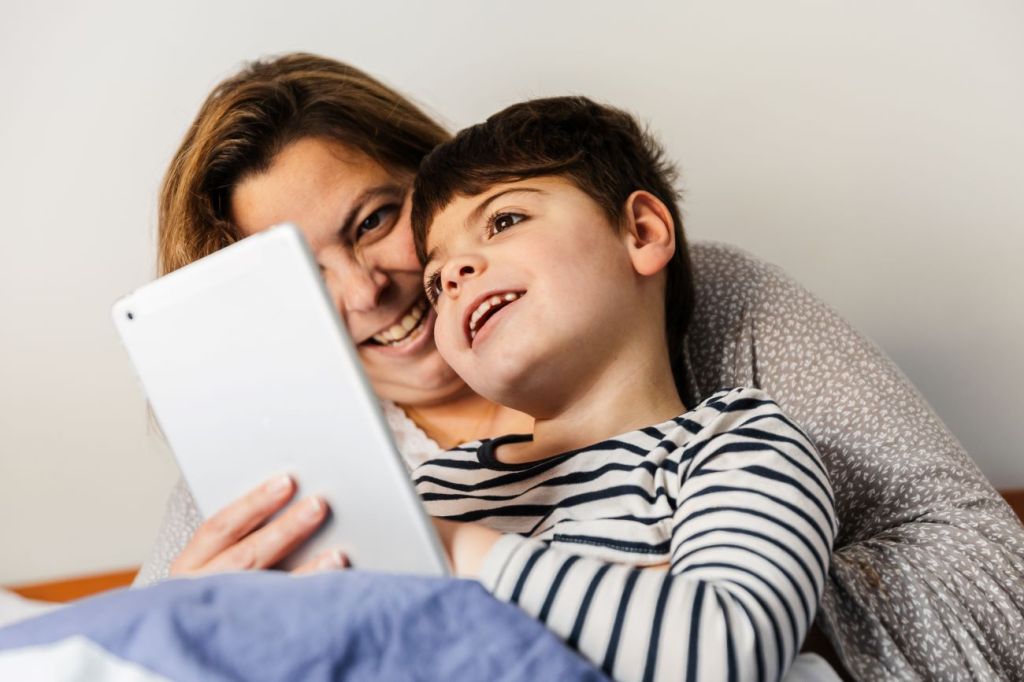
3. Communication
Here’s how to teach kids with disabilities communication skills online, at home, and in their community.
Online and at home
Allowing the “outside world in” could put kids with intellectual disabilities at risk. Caregivers should model how to send and receive emails or texts and how to answer the phone or door appropriately, while maintaining boundaries and online privacy. Let kids explore the internet, but ensure online safety settings are in place. Having a computer in a common area is one way to monitor online activity.
Learn more about how to set social media boundaries for kids and teens.
In the community
Teach kids to identify helpers in public settings they can go to and demonstrate how to ask for help if they are lost or confused. Model the greetings and pleasantries we use with others in the community. For example, practise saying, “Hello, how are you today?” And “I’m just looking, thanks” as they enter a store. Help kids practise ordering from a menu or asking for assistance in locating an item at the grocery store.
Give kids plenty of opportunities to practise these communication skills in public. You can assist by providing them with “business card” style notes to carry and pass to a store clerk. The card might say something like, “Hello! I have a speech disorder and developmental disabilities. I am learning to communicate my needs. Please be patient with me as I practise this skill.”
How to teach life skills
First, choose a skill to model. Show what it looks and sounds like. Break it down into steps to practise together. Then encourage independent attempts. Observe and offer suggestions or make corrections if necessary. Then repeat. Then repeat again. And again. Practice makes perfect as they say. Except, perfection isn’t actually the goal.
Make it fun and reassure kids that mistakes are okay. Integrate changes slowly, be supportive, and celebrate the small wins.
Build time management into these lessons. Visual schedules and timers can help maintain focus. Creating a “first this, then that” plan also helps keep kids on track. For example, “First I put my clothes away, then I can watch TV.”
Tips on promoting independence in kids with disabilities
Offer real-world opportunities for independence. While practising, engage a “secret shopper” (like a family member or trusted friend) to keep watch. For example, send your child into the store alone to grab a few grocery items, but arrange for an adult friend to be in the store at the same time. They needn’t assist, but they will be there if your child should run into a snag. Though not technically, “on their own” your child is more likely to have the feeling of completing a task independently. And that’s a pretty exhilarating feeling indeed.
Recently I sent my daughter into her orthodontist appointment on her own. She entered the office while I watched from the car. She checked in and navigated the entire experience without any help from me. When I saw her return to the reception area, I went inside to book her next appointment. When she noticed me she said, “Mom, I’ve got this,” and sent me back outside. She booked her next appointment herself and had them write it on a slip of paper. When she got into the car she was beaming and said, “Mom, I did it all by myself!”
Slow, steady, safe
My daughter may not master all the life skills my son or her typical peers will. However, we will continue to provide her with the tools she needs to keep on practising. A medical alert bracelet and a tracking device on her phone or smartwatch will help keep her safer. And, apps like Mydoh helps give her the independence to pay for items when she’s out honing her shopping skills. Which reminds me, we’re out of cereal.
Download Mydoh and help build the foundation of financial literacy for your kids and teenagers.
This article offers general information only and is not intended as legal, financial or other professional advice. A professional advisor should be consulted regarding your specific situation. While the information presented is believed to be factual and current, its accuracy is not guaranteed and it should not be regarded as a complete analysis of the subjects discussed. All expressions of opinion reflect the judgment of the author(s) as of the date of publication and are subject to change. No endorsement of any third parties or their advice, opinions, information, products or services is expressly given or implied by Royal Bank of Canada or its affiliates.
